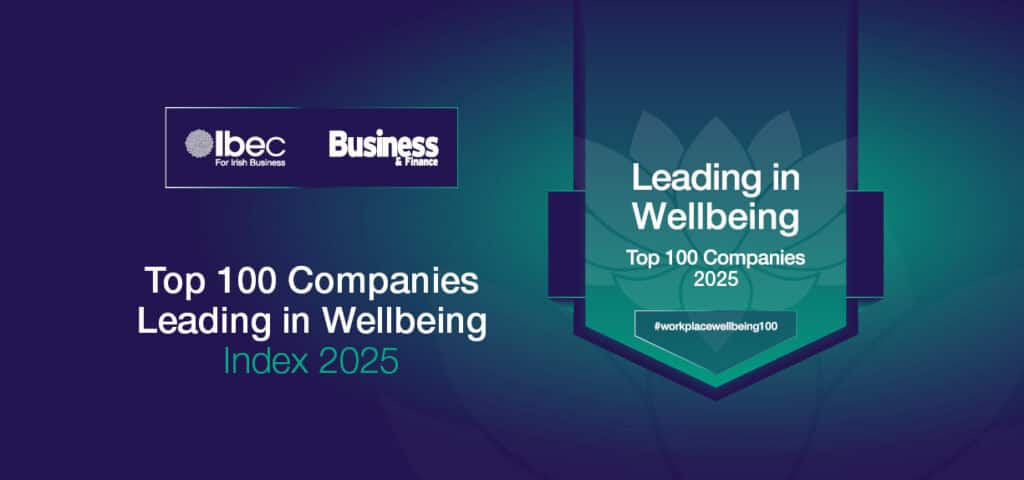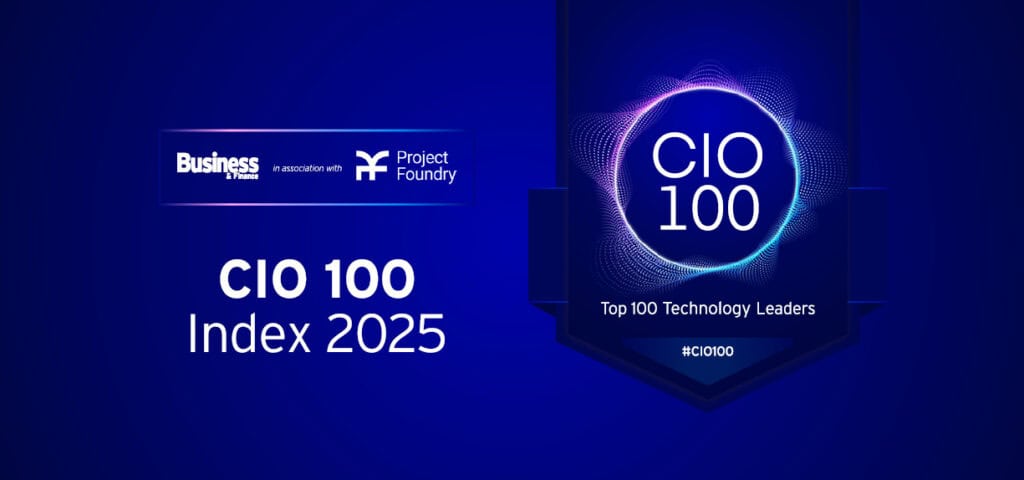The ecommerce landscape changes every year. Slow moving companies get left in the dust, and quickly. What does the future hold for the industry?
Augmented Reality is coming to SMEs
Many small businesses owners may believe that emerging technologies like augmented reality are the exclusive domain of large, wealthy corporations.
However, with Adobe, one of the largest media production software companies, about to release Adobe Aero (their offering in the market) the barrier to entry for developing AR experiences is about to drop. A lot. Adobe provides free plans for many schools and cheap plans for students. This means the technology to easily created augmented reality experiences is about to be in the hands of millions of eager, excited, and creative people. Expect the cost to go way down, and for creative marketing and sales ideas in this space to explode in the next year.
B2B ecommerce will continue to explode
Business to Business ecommerce is rising, and global revenue is set to increase worldwide to $6.6 trillion by 2020. As digital literacy continues to rise globally, managers with purchasing power are much more likely to trust digital systems for making large B2B purchases. Millennials buy things online. Half of the B2B buyers globally are now millennials, more than double the amount in 2012. As the “typical” B2B buyer changes, expect business’ sales process to evolve. The technology is there to handle a range of B2B sales complications like bulk discounts, tiered pricing, complicated shipping costs and more. Making the purchase journey easier allows businesses to save time, and generate more revenue.
Social Shopping will become routine
As of March of 2019, Instagram has launched a native checkout experience to select US users. Now, when you see something on Instagram that you want, you can purchase it in-app. When coupled with Facebook Messengers shopping cart functionality, we could conceivably see the rise of ecommerce brands that exist only on social media, with no websites at all.
Chatbots will take over
AI Customer service representatives that operate from with Facebook Messenger have seen increased usage in 2017 and 2018, with the rise expected to continue in 2019. Chatbots are an ideal interface for quick transactions. Ordering flowers? Booking a test drive for that new car? Facebook Messenger can handle it all, and it is only getting easier to implement. Most user download zero apps per month — but chatbot engagement rates are sky high. For retailers looking to focus on marketing specific product ranges, mirroring their email marketing strategy, or keeping customers in the loop, automated chat is the way forward.
Influencer Marketing will thrive or die
Trust in “Influencers” is at an all-time low for both customers and brands. 2018 was chock full of controversies regarding fake likes, bot followers and more. Instagram recently purged countless fake accounts and followers, and laws involving sponsored content are being more aggressively enforced. The rise of “fakefluencers” has resulted in low ROI for many campaigns. One reported estimated that brands spent £157 million last year on fake influencers.
However, many companies are still finding success. Working with the right partners, with engaged audiences in their communities. It all comes down to research. Spending big money on one influencer with a huge following is not the way forward anymore. Spending on influencer marketing is increasing, but its brands that research the audience/influencer matchup that are seeing the best returns.







